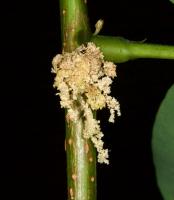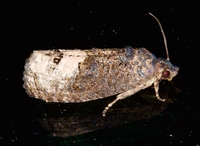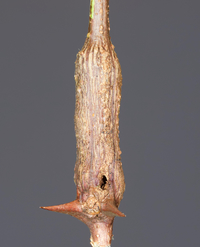
| Recorded by: David George, Kevin Bischof, Rich Teper, Patrick Coin on 2025-08-16
Transylvania Co.
Comment: | 
| Recorded by: Mark Basinger on 2025-08-10
Ashe Co.
Comment: |

| Recorded by: Mark Basinger on 2025-08-10
Ashe Co.
Comment: | 
| Recorded by: Ken Kneidel on 2025-07-13
Yancey Co.
Comment: |
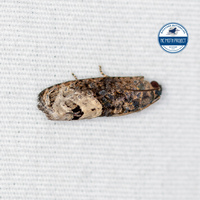
| Recorded by: Lior S. Carlson, Dean Furbish on 2025-07-07
Caswell Co.
Comment: | 
| Recorded by: Lior S. Carlson, Dean Furbish on 2025-07-07
Caswell Co.
Comment: |

| Recorded by: Jim Petranka on 2025-06-08
Madison Co.
Comment: | 
| Recorded by: Ken Kneidel on 2025-06-05
Yancey Co.
Comment: |

| Recorded by: David George, Jeff Niznik, Brian Bockhahn, Jim Petranka, John Petranka, Becky Elkin on 2025-05-09
Cumberland Co.
Comment: | 
| Recorded by: Jim Petranka on 2025-05-06
Madison Co.
Comment: |
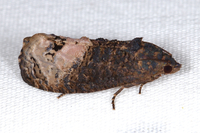
| Recorded by: Jim Petranka on 2025-04-27
Madison Co.
Comment: | 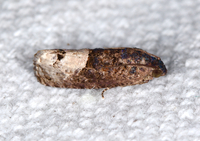
| Recorded by: Jim Petranka on 2024-08-08
Madison Co.
Comment: |

| Recorded by: David George, Jeff Niznik on 2024-08-06
Transylvania Co.
Comment: | 
| Recorded by: David George, Jeff Niznik on 2024-08-05
Transylvania Co.
Comment: |

| Recorded by: Stefanie Hedrick on 2024-06-25
Moore Co.
Comment: | 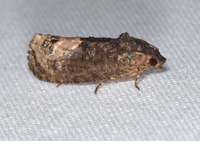
| Recorded by: Jim Petranka on 2024-06-24
Madison Co.
Comment: |

| Recorded by: Ken Kneidel on 2024-06-24
Watauga Co.
Comment: | 
| Recorded by: John Petranka on 2024-06-19
Watauga Co.
Comment: |
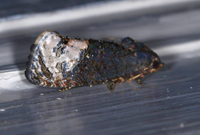
| Recorded by: Jim Petranka on 2024-06-10
Madison Co.
Comment: | 
| Recorded by: Jim Petranka on 2024-06-05
Madison Co.
Comment: |
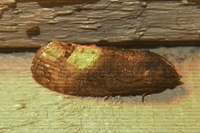
| Recorded by: Owen McConnell on 2024-05-29
Graham Co.
Comment: | 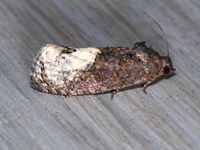
| Recorded by: Jim Petranka on 2024-05-27
Madison Co.
Comment: |
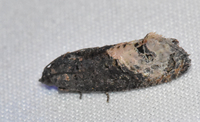
| Recorded by: Emily Stanley on 2024-05-16
Buncombe Co.
Comment: | 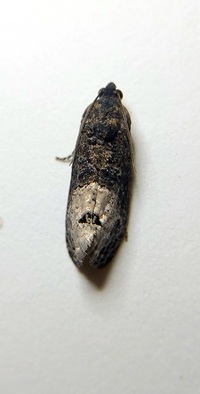
| Recorded by: Mark Basinger on 2024-05-16
Buncombe Co.
Comment: |
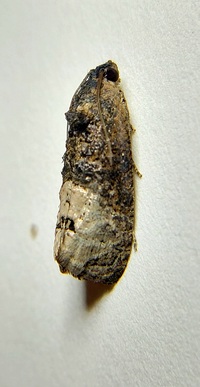
| Recorded by: Mark Basinger on 2024-05-16
Buncombe Co.
Comment: | 
| Recorded by: Jim Petranka on 2024-05-11
Madison Co.
Comment: |

| Recorded by: Jim Petranka and Becky Elkin on 2024-05-01
Madison Co.
Comment: | 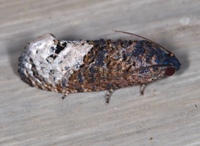
| Recorded by: Jim Petranka on 2024-04-29
Madison Co.
Comment: |
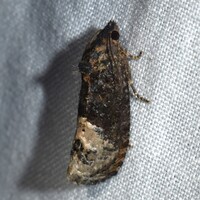
| Recorded by: David George, Stephen Dunn, Jeff Niznik on 2023-07-31
Macon Co.
Comment: | 
| Recorded by: David George, Stephen Dunn, Jeff Niznik, Rich Teper, Becky Watkins on 2023-07-30
Swain Co.
Comment: |
|

 »
»